1. It All Starts with the Right Puppy
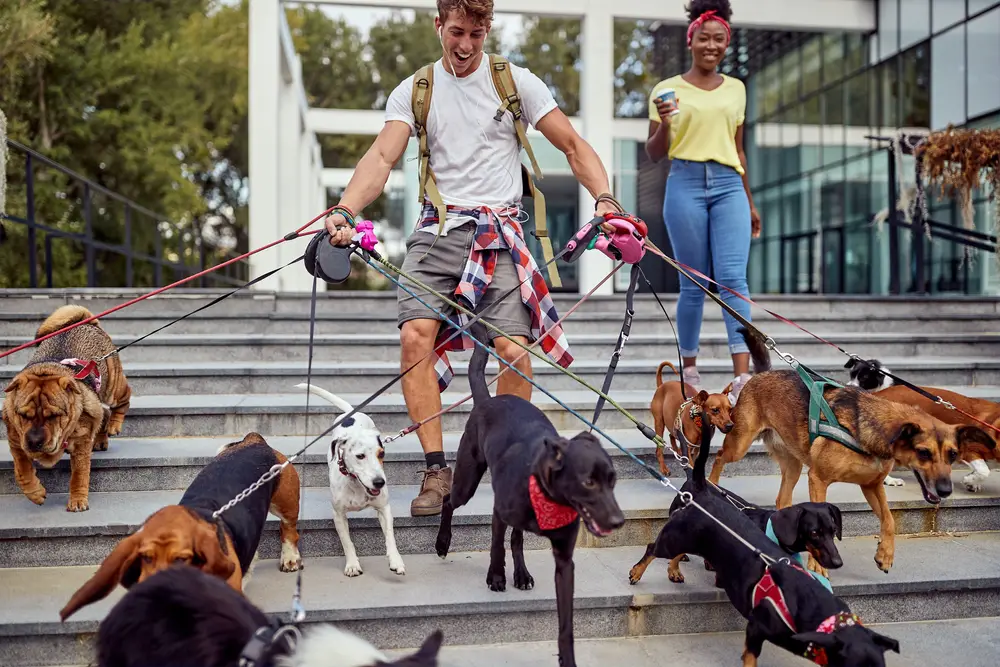
Not every dog is suited to be a service dog. The journey begins with carefully selecting puppies that have the right temperament, intelligence, and overall health. Many service dog organizations breed dogs specifically for this purpose, ensuring they come from strong genetic lines that produce calm, trainable, and confident pups. Temperament is the most crucial factor—service dogs must be neither too timid nor too excitable. According to Human-Animal Bond, a dog that startles easily or struggles to focus won’t make the cut. At just a few weeks old, puppies undergo tests to assess their reaction to new sounds, sights, and people. This helps trainers determine which ones are most likely to succeed in service work.
Socialization starts right away. Puppies are exposed to different environments, from busy streets to grocery stores, to make sure they grow into adaptable adults. They are introduced to wheelchairs, canes, and loud noises to build confidence and prevent fear-based reactions. Service dogs need to be comfortable in all settings, from crowded malls to quiet hospital rooms. If a puppy doesn’t meet the high standards required, they are usually placed in loving pet homes instead. Only the most promising candidates move on to the next phase of training, ensuring the best chance of success in their future role.
2. Basic Obedience is Only the Beginning

Before service dogs learn any specialized skills, they must master basic obedience. This isn’t just about sitting and staying—it’s about responding reliably in all situations, even when there are distractions. According to the American Kennel Club, training starts with foundational commands like “sit,” “stay,” “down,” and “come.” But unlike pet dogs, service dogs must execute these commands instantly, no matter what’s happening around them. Whether they’re in a noisy airport, a crowded shopping mall, or a quiet hospital room, they have to stay focused on their handler’s needs.
Beyond basic commands, service dogs are taught impulse control and patience. They learn to resist food on the ground, ignore other animals, and stay calm in chaotic environments. Some dogs even practice remaining still for extended periods, which is crucial for tasks like guiding visually impaired individuals. This early phase of training lays the foundation for the advanced skills they’ll need later. A service dog isn’t just well-behaved—they are trained to be an unwavering source of support in any situation.
3. Socialization is a Lifelong Process
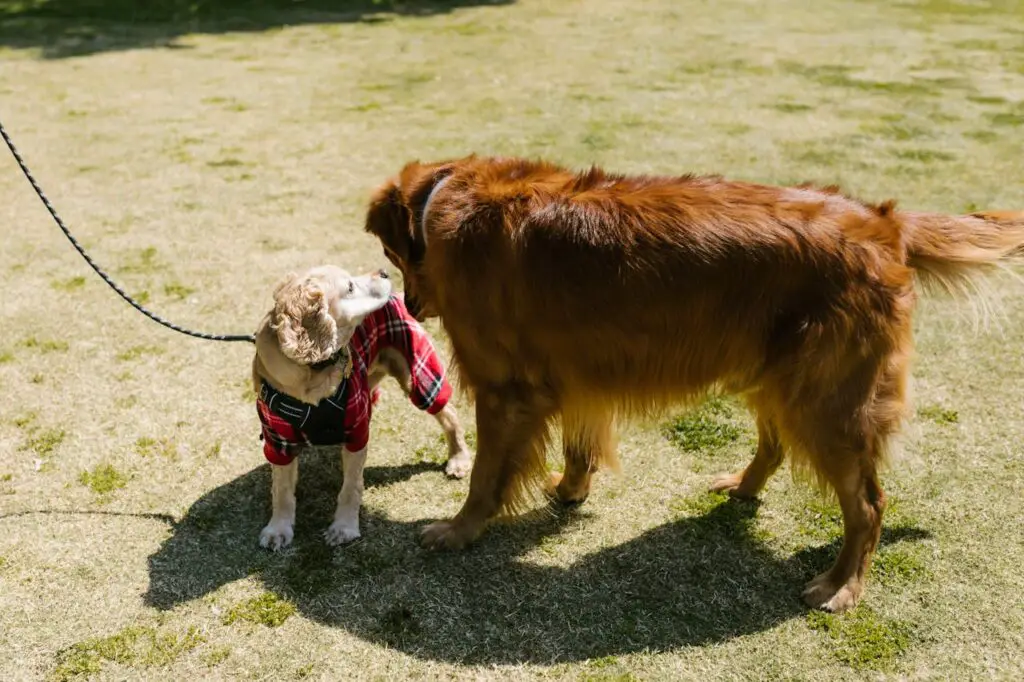
Service dogs must be comfortable in all types of environments, so socialization is a key part of their training. From a young age, they are exposed to various sights, sounds, and surfaces. They walk on slippery floors, hear sirens and alarms, and ride in elevators, buses, and cars, according to Paws4People. The goal is to prevent fear or hesitation in unfamiliar situations. A service dog needs to confidently navigate busy sidewalks, airports, and even loud sporting events without becoming anxious or distracted.
But socialization isn’t just about exposure—it’s about learning how to behave appropriately in public. Service dogs must remain calm even if a stranger pets them, a child screams nearby, or another dog barks at them. Trainers take them to restaurants, shopping malls, and hospitals to reinforce these behaviors. This continuous exposure ensures they can handle real-world situations with confidence and composure, making them reliable companions for their future handles.
4. They Learn to Read Human Emotions

One of the most fascinating aspects of service dog training is their ability to sense and respond to human emotions. Many service dogs work with individuals who have PTSD, anxiety, or other emotional challenges. These dogs are trained to notice signs of distress, such as rapid breathing, fidgeting, or a sudden change in posture. According to Freshpet, when they detect these cues, they respond by offering comfort—some will nuzzle their handler, lean against them, or even apply deep pressure therapy by lying across their lap to help regulate emotions.
This skill isn’t something that happens naturally—it requires specific training. Trainers reinforce behaviors that help the dog recognize and react to emotional shifts. They might play recordings of anxious breathing or stage stressful scenarios to teach the dog how to intervene. Over time, these dogs become incredibly attuned to their handlers, often sensing distress before they even realize it themselves. This deep emotional connection is one of the many reasons service dogs are so life-changing.
5. Distraction Training Builds Focus Under Pressure
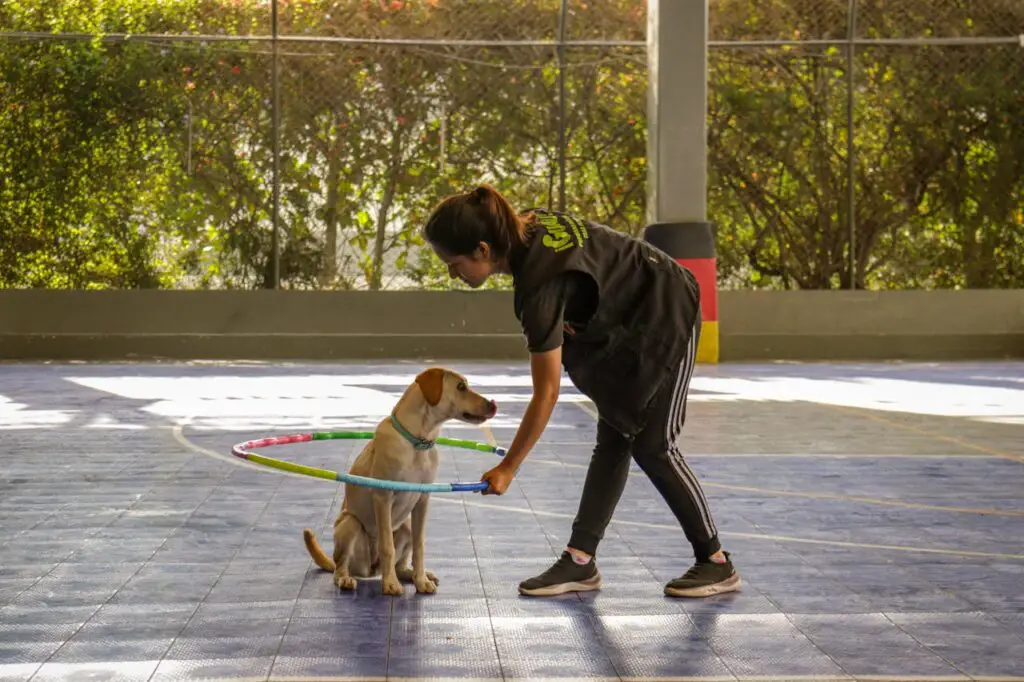
A service dog can’t afford to be distracted, no matter how chaotic their environment is. That’s why trainers expose them to controlled distractions to test and strengthen their focus. They might walk the dog past a tempting pile of food, have someone squeak a toy nearby, or introduce loud noises like sirens and clapping. According to Service Dog Certifications, the dog is rewarded only when they remain focused on their handler, reinforcing the idea that their job comes first.
This training is especially important for guide dogs or medical alert dogs, who must maintain complete concentration at all times. For example, a guide dog leading a blind handler can’t get excited if another dog walks by—they have to stay locked in on their task. Likewise, a seizure-alert dog must ignore all external distractions and focus entirely on their owner’s condition. This rigorous training ensures that a service dog is reliable no matter what’s happening around them.
6. Task Training is Customized for Each Person’s Needs

Service dogs aren’t trained with a one-size-fits-all approach. Instead, they learn tasks tailored to their future handler’s specific needs. For example, a mobility assistance dog might be trained to retrieve dropped items, open doors, and provide balance support. A diabetic alert dog, on the other hand, is taught to detect changes in blood sugar levels and alert their handler before it becomes dangerous. According to Medical Service Dogs, each dog undergoes months of specialized training to master the skills required for their role.
What makes service dogs even more remarkable is their ability to adapt to their handler’s daily life. They learn not just to follow commands but to anticipate needs. A PTSD service dog might sense when their handler is becoming overwhelmed and lead them out of a crowded space. A seizure alert dog can learn to fetch medication or even press a medical alert button. This level of customization is what makes service dogs so uniquely effective at improving lives.
7. Medical Alert Dogs Use Their Noses to Detect Health Changes

One of the most mind-blowing secrets of service dogs is their ability to detect medical issues using their sense of smell. Dogs have up to 300 million scent receptors (compared to a human’s 5–6 million), allowing them to pick up even the tiniest chemical changes in the human body. Diabetic alert dogs can smell fluctuations in blood sugar, often detecting a problem before a glucose monitor does. According to AKC, seizure-alert dogs can sense changes in brain activity, sometimes alerting their handler minutes before a seizure occurs.
Training a medical alert dog involves exposing them to specific scent samples collected from people experiencing medical episodes. The dog learns to recognize these scents and respond with a trained alert, such as pawing at their handler or retrieving a medical kit. Over time, these dogs become so skilled that they can provide life-saving warnings, giving their handlers crucial moments to take action before a medical emergency occurs.
8. Public Access Training Makes Them Perfect Gentlemen
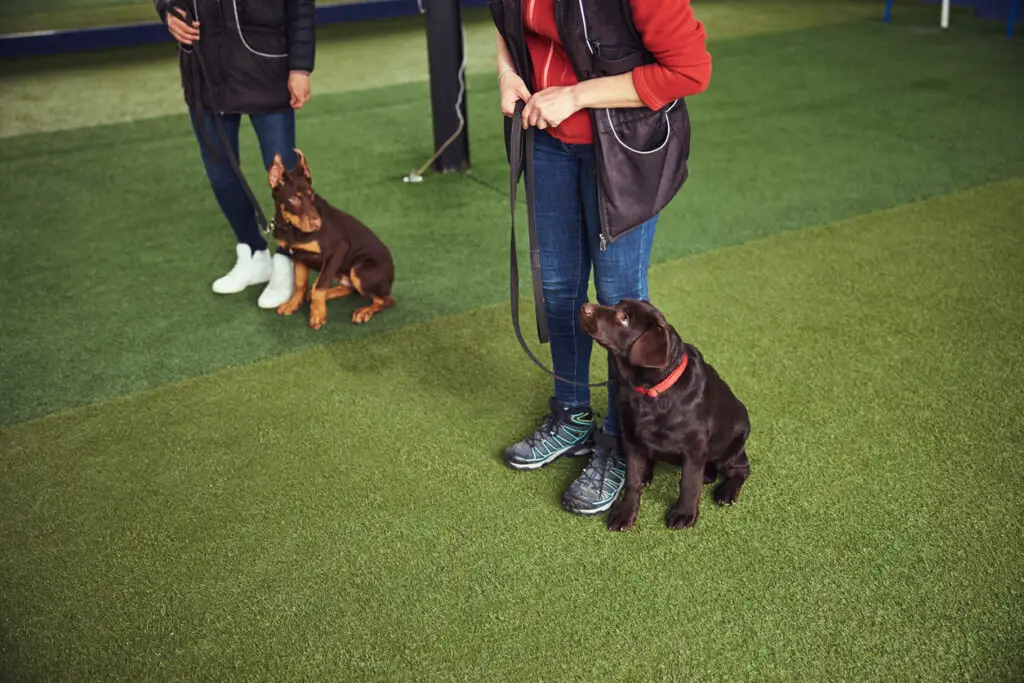
Unlike pet dogs, service dogs must behave impeccably in all public spaces, no matter how chaotic or distracting the environment is. Public access training ensures they remain calm, composed, and laser-focused on their handler’s needs. This means no barking, no begging for food, no jumping on people, and absolutely no reacting to distractions. Whether they’re in a noisy airport, a packed shopping mall, or a quiet office, service dogs must be reliable and unobtrusive.
To achieve this, trainers expose them to various real-world situations where they must demonstrate flawless behavior. They practice walking through grocery stores without sniffing or grabbing items, lying quietly under tables at restaurants, and even riding escalators or airplanes without fear. They learn to ignore people who try to pet them or distract them with food. If a service dog reacts inappropriately—like barking at another dog or pulling on the leash—they are gently corrected and redirected. This level of discipline ensures that when a service dog is working, they remain entirely focused on their job. Because they accompany their handlers everywhere, from hospitals to movie theaters, they must be the perfect example of good behavior at all times.
9. Advanced Problem-Solving Makes Them Independent Thinkers

One of the most fascinating aspects of service dog training is their ability to think independently. Unlike regular obedience training, where a dog follows commands without question, service dogs are taught something called intelligent disobedience. This means they must recognize when a command is unsafe and refuse to follow it. For example, if a blind handler tells a guide dog to step forward, but a car is coming, the dog must disobey the command to prevent an accident. This level of independent thinking can be lifesaving.
Training intelligent disobedience takes months of practice. Trainers set up scenarios where the dog must make choices, rewarding them when they make the safest decision. A mobility assistance dog might be taught to stop their handler from stepping off a curb if they lose balance. A seizure alert dog might refuse to let their owner walk up a flight of stairs if they sense a seizure is coming. This advanced problem-solving allows service dogs to act in real time, even when their handler isn’t aware of the danger. Instead of just following orders, they become true partners, capable of making judgment calls that could save lives.
10. The Training Never Truly Ends
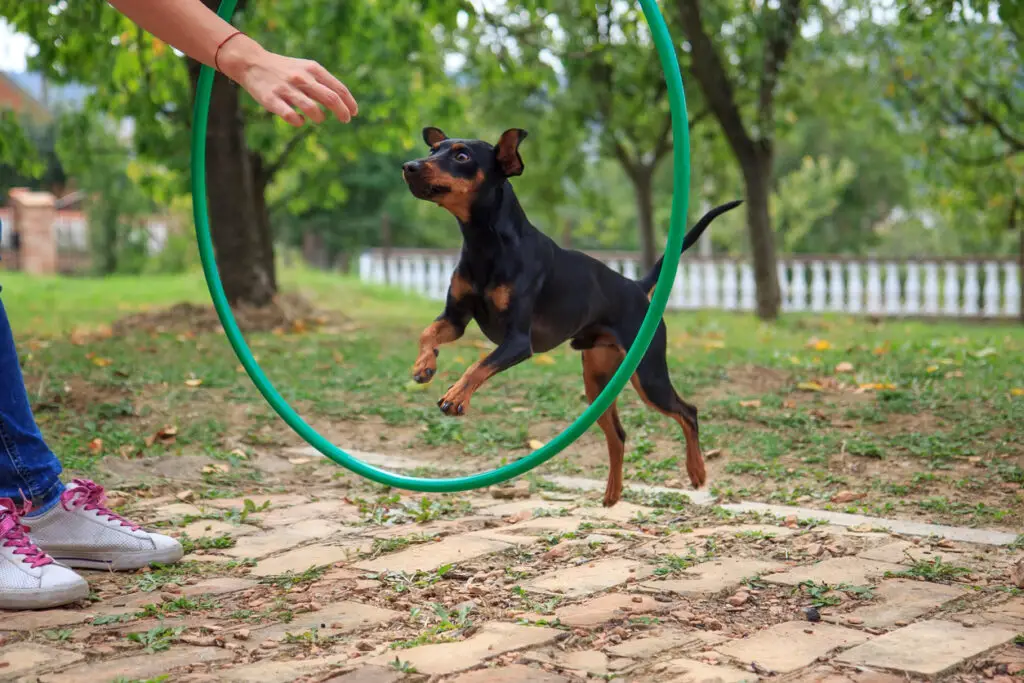
Even after a service dog has completed their formal training, the learning never really stops. Handlers continue to reinforce their training daily, practicing commands and behaviors to ensure their dog remains sharp. Just like humans, dogs can forget skills if they’re not used regularly, so ongoing training keeps them responsive and reliable. Many service dog teams attend refresher courses or work with professional trainers every few months to refine their skills.
Over time, a service dog becomes even more in tune with their handler’s needs. They pick up on subtle cues that weren’t part of their original training, adjusting their behavior naturally. A PTSD service dog might learn that their handler’s breathing pattern changes before an anxiety attack and step in earlier. A diabetic alert dog might recognize new scents that indicate a blood sugar drop even faster than before. This constant learning and adaptation are what make service dogs truly remarkable. They don’t just perform tasks—they evolve with their handlers, deepening their bond and becoming an even greater source of support over the years.


